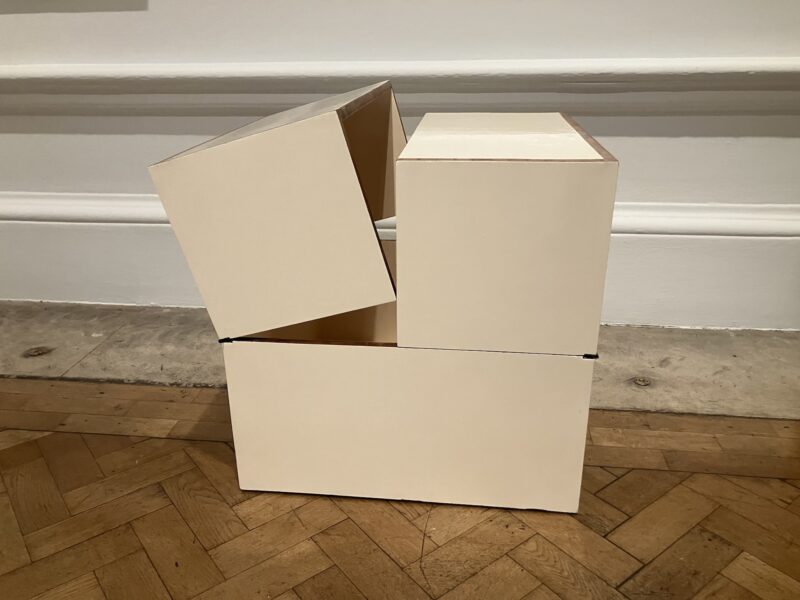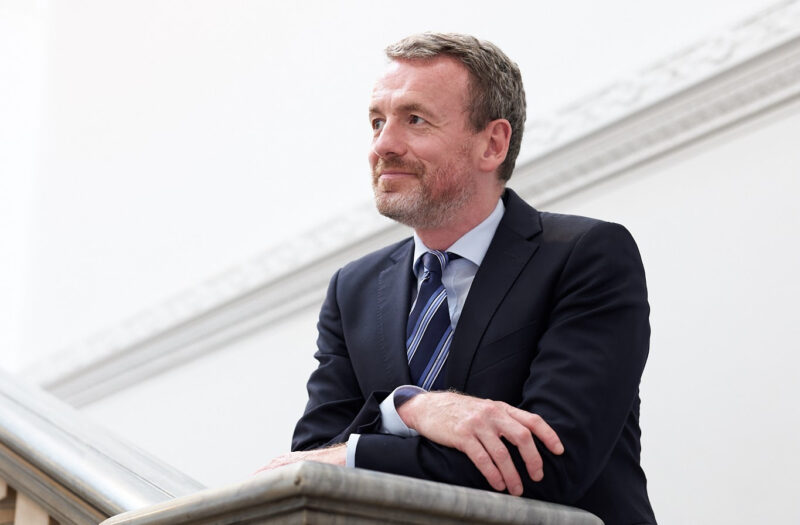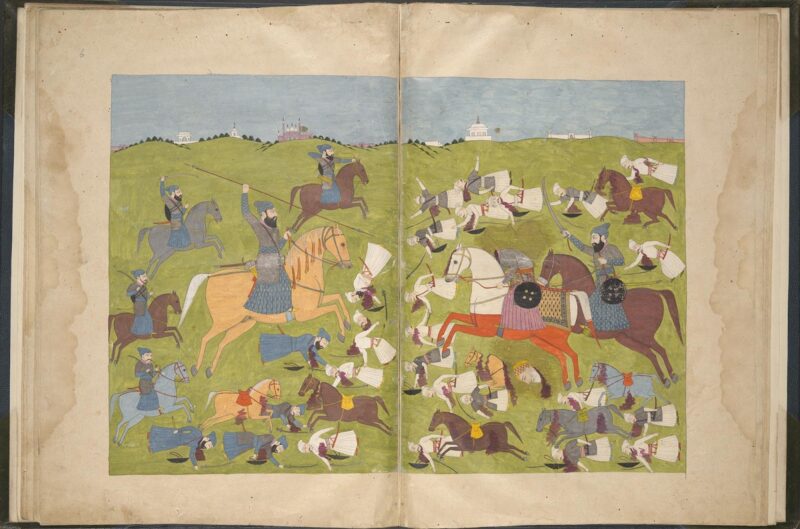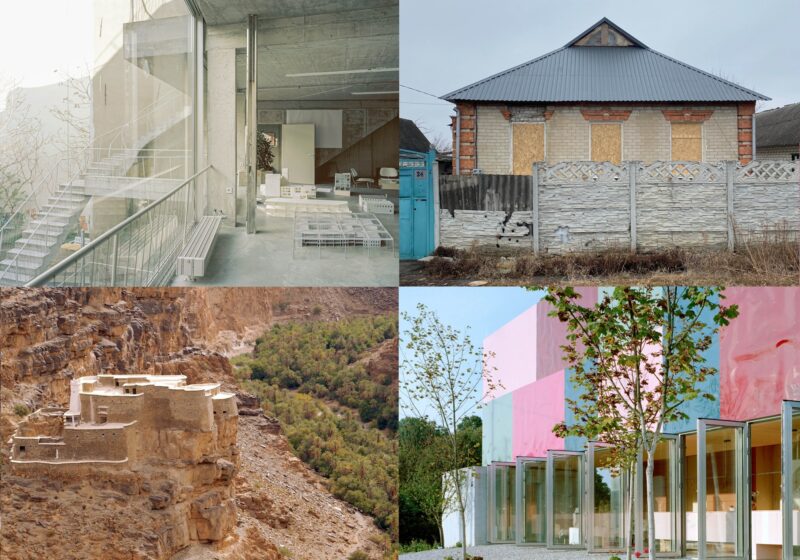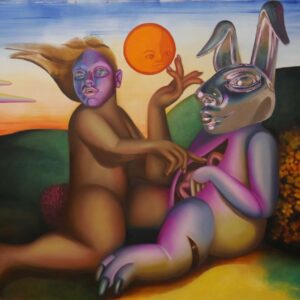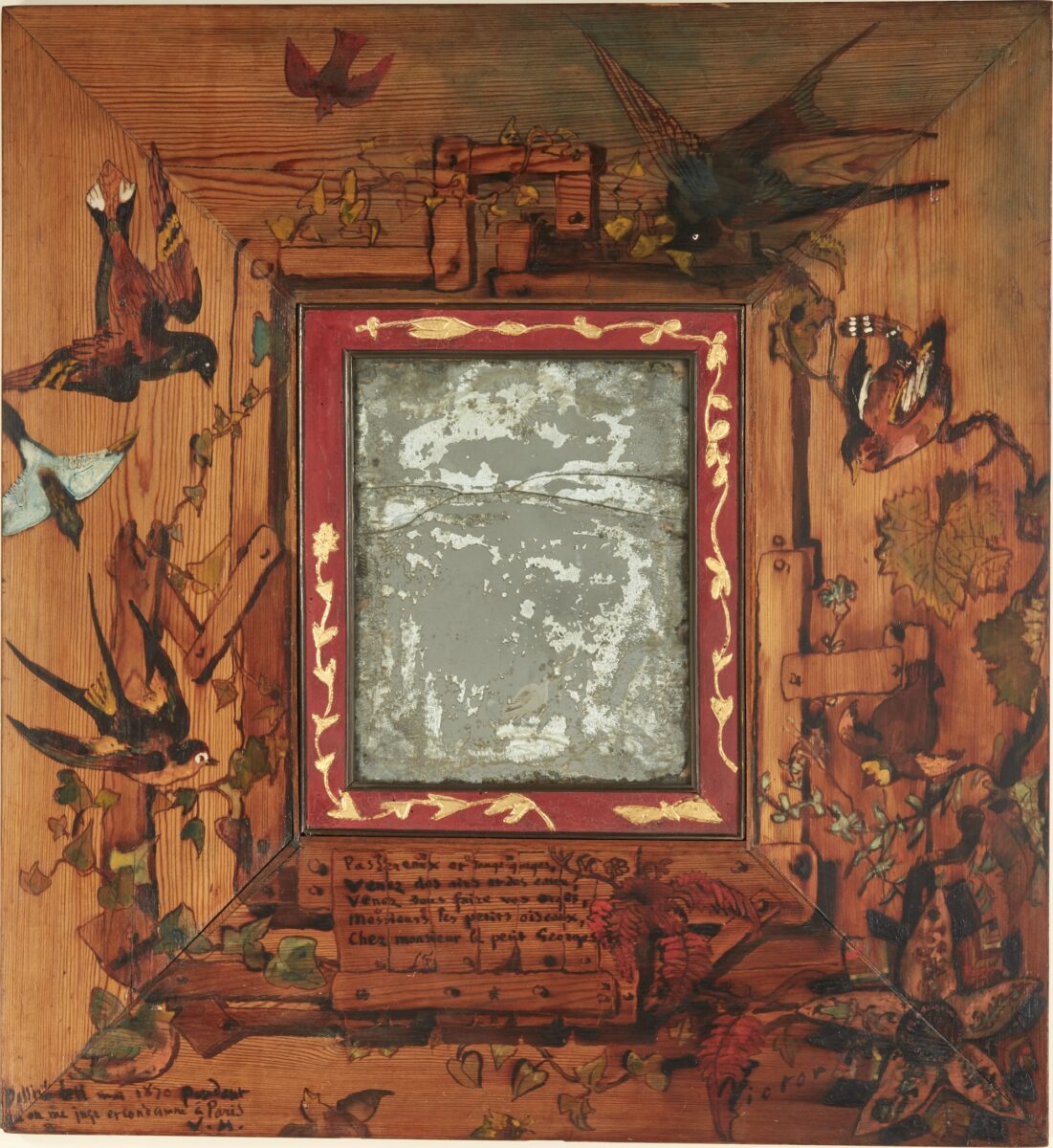
In March 2025, the Royal Academy of Arts will present a comprehensive survey of politician, author and artist Victor Hugo’s rarely seen works on paper, which were last exhibited in the UK over 50 years ago. Featuring around 70 artworks from important European collections, this landmark exhibition will follow Hugo’s preoccupation with drawing, from his early caricatures and travel drawings to his dramatic landscapes and his experiments with abstraction.
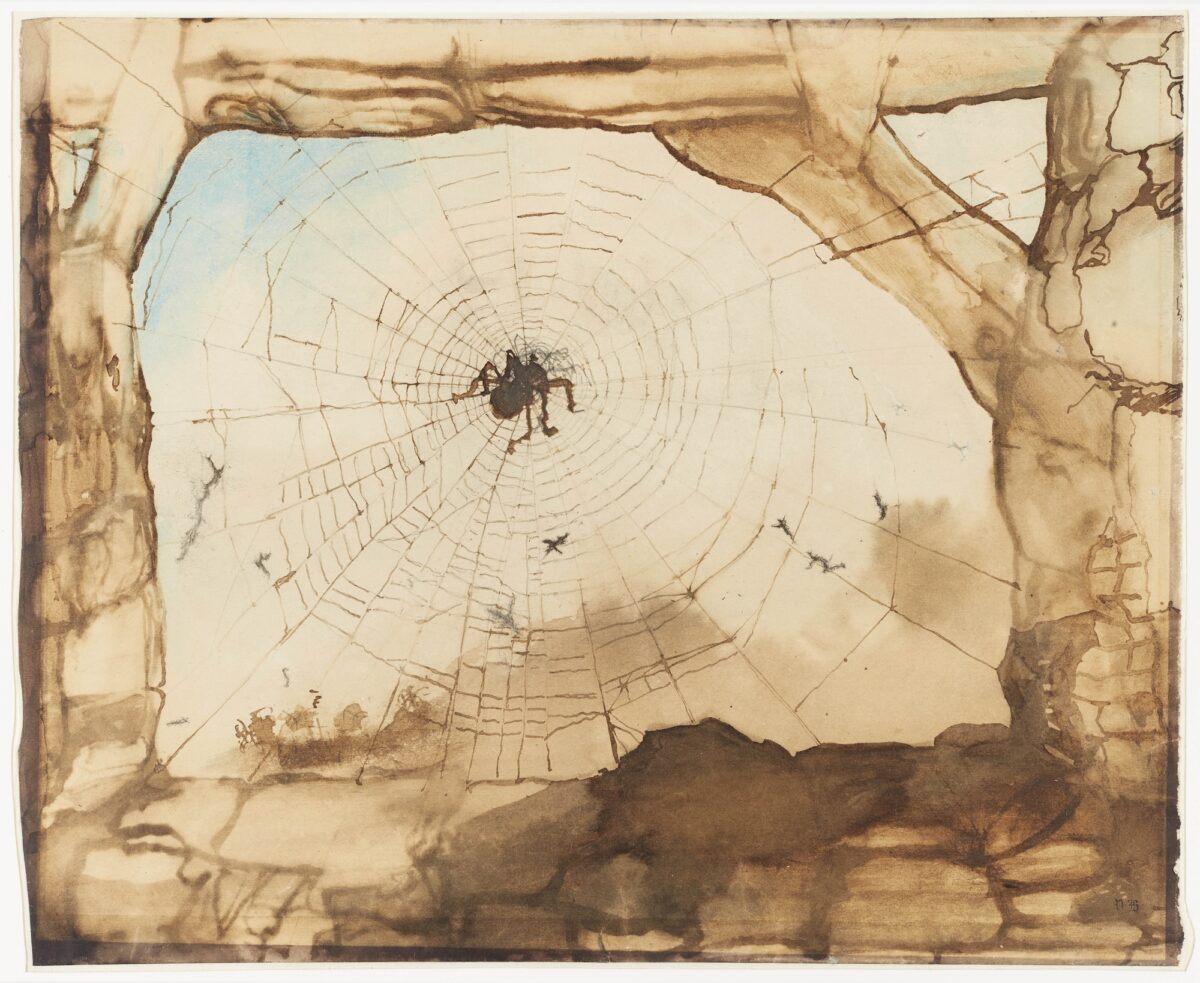
Victor Hugo was a leading public figure in 19th -century France. His books Les Misérables and The
Hunchback of Notre Dame were printed worldwide. As both a poet and a politician, and during his
near twenty-year exile in the Channel Islands, he came to symbolise the ideals of the French
Republic: equality and freedom. In private, his refuge was drawing. Hugo’s ink and wash visions of
imaginary castles, monsters and seascapes are as poetic as his writing yet were rarely seen in public
during his lifetime. His art and writing went on to inspire Symbolist poets, and many artists, from
Surrealists André Breton and Max Ernst, to contemporary artists such as Raymond Pettibon and
Antony Gormley RA. Vincent van Gogh compared his artwork to “astonishing things”.
Arranged thematically, the exhibition will open with a section entitled Writing and Drawing, addressing the relationship between Hugo’s artistic and literary work. These were parallel creative tracks for Hugo; writing for the public and drawing as a private activity shared with family and close friends. For Hugo, writing and drawing shared important metaphorical structures based on concepts of nature and time that underpin his attitudes to history, culture and humanity. These viewpoints emerge in motifs such as ruins and mountains or an interest in the slippage of scale between the monumental and the minute, as in the enigmatic drawing Mushroom, 1850 (Maisons de Victor Hugo, Paris / Guernsey), which depicts a giant anthropomorphic toadstool. The works in this section will also explore the self-mythology of Hugo’s towering persona, often expressed by working his name or initials into compositions.
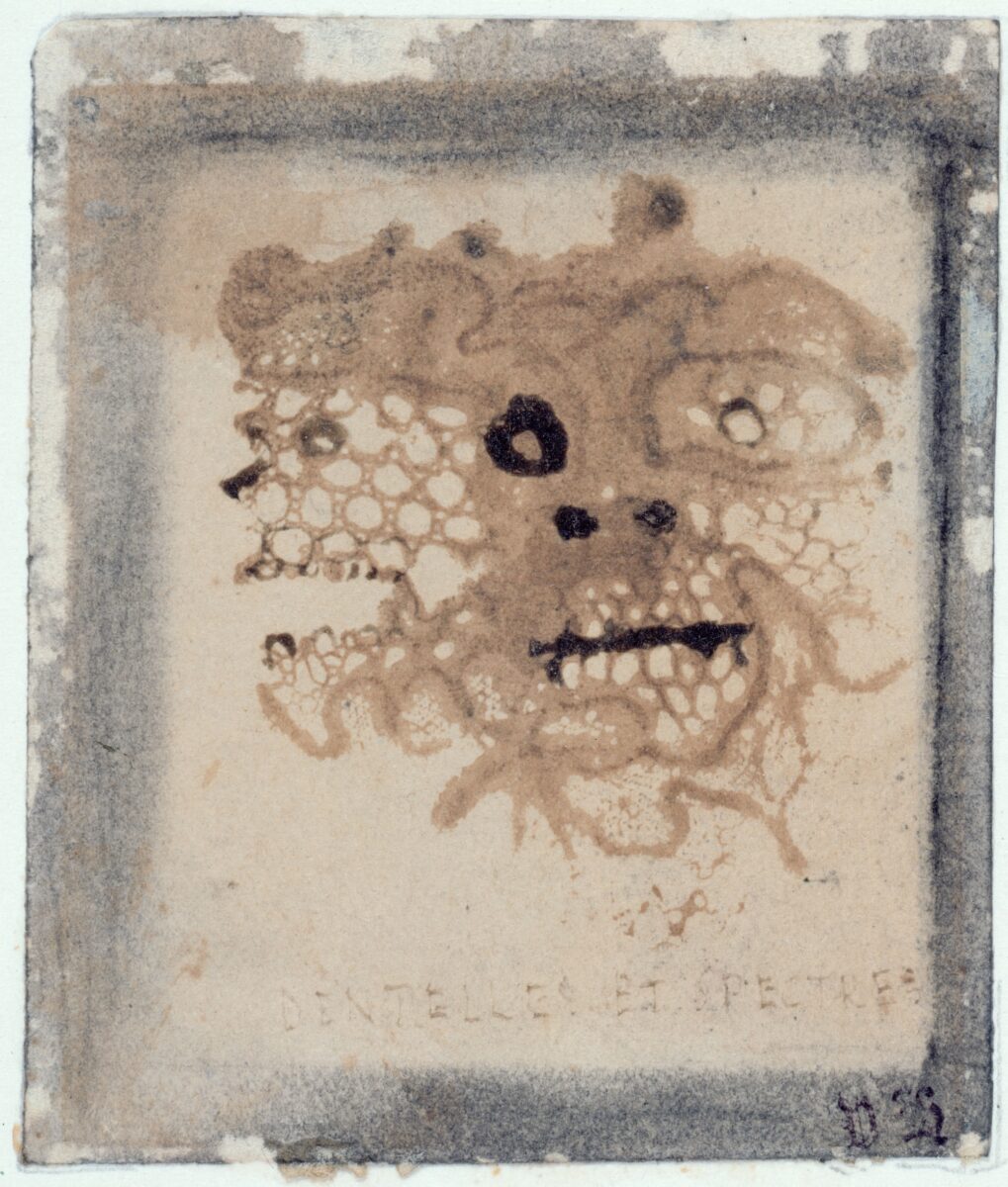
The second section, entitled Observation and Imagination, will focus on the artist’s drawing process, representing a variety of materials, from fine pencil to wet inks. On view will be Hugo’s painstakingly
crafted drawings of landscapes and buildings, observed from life, in which he grapples with challenges such as linear perspective. A selection of drawings, including Lace and Spectres, c. 1855- 56 (Maisons de Victor Hugo, Paris / Guernsey) will spotlight Hugo’s deliberate use of methods to limit manual control, such as blots, rubbings, imprints of ink-soaked lace, washes and automatic writing, reflecting his interest in spiritualism, the irrational, and table-turning. This journey, from detailed topographical studies through to totally abstract blots, will demonstrate the interaction of Hugo’s processes with his favoured subjects; architecture and landscape. It will reveal the rich and idiosyncratic technical vocabulary he developed in which figuration and abstraction are in constant flux.
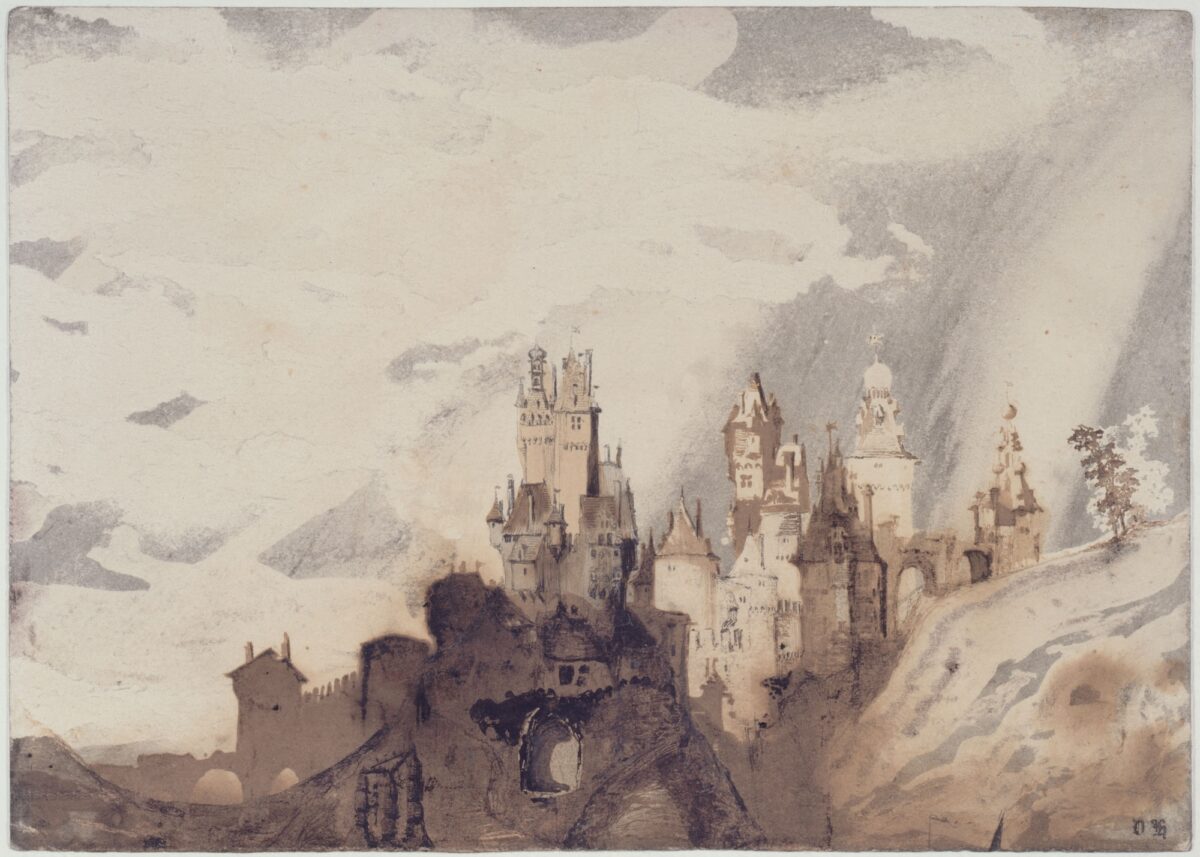
The following section, Fantasy and Reality, will explore Hugo’s most abiding obsession: castles.
Hugo drew on memory, observation and imagination to depict castles, ranging in tone from romantic,
and sometimes colourful, for example The cheerful castle, c. 1847 (Maisons de Victor Hugo, Paris /
Guernsey) to hauntingly bleak, such as The Town of Vianden, with Stone Cross, 1871 (Bibliothèque
nationale de France, Paris). It was for this motif that Hugo routinely employed stencils, using positive
and negative silhouettes to create tonal contrasts. This section will also explore Hugo’s interactions
with printmaking. On display will be a 1m-wide, multi-plate print by French engraver Fortuné-Louis
Méaulle dated 1875, that recreates Hugo’s most ambitious drawing The Castle with the Cross, 1850
(Maisons de Victor Hugo, Paris/Guernsey).
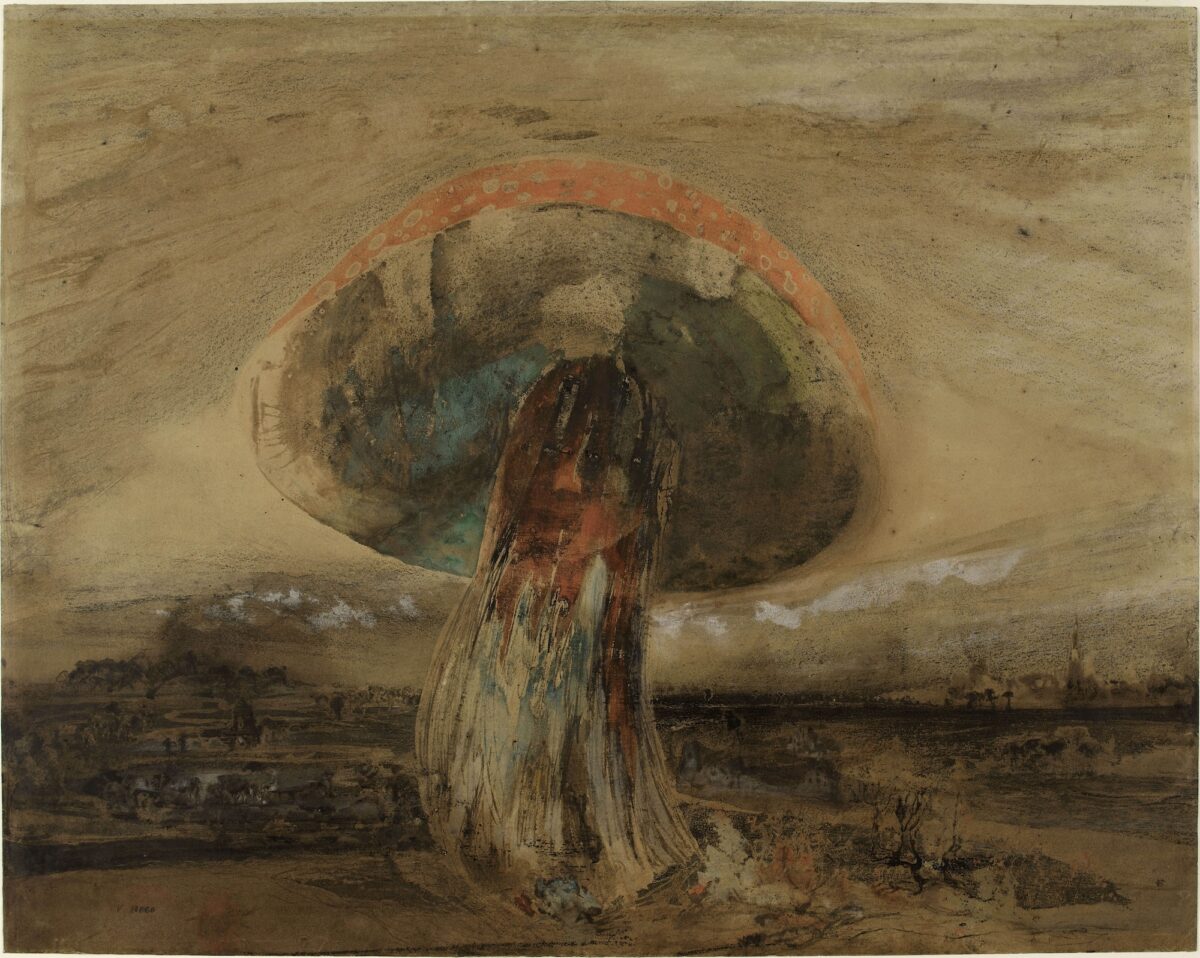
The final section will return to the opening theme of nature with Hugo’s leitmotif; the Ocean. It will
feature photographs of Hugo by his sons, Charles and François-Victor, taken on the beach in Jersey.
On view will be drawings that Hugo created in tandem with writing his 1866 novel The Toilers of the
Sea, set in Guernsey in the years following the Napoleonic Wars, amid the Industrial Revolution.
Compositions featuring the story’s characters, including Octopus, 1864–66 (Bibliothèque nationale
de France, Paris), are examples of the direct convergence of writing and drawing in Hugo’s work.
This section will also include drawings relating to Les Misérables, such as Chain, 1864 (Bibliothèque
nationale de France, Paris) and some of Hugo’s largest works, such as The Lighthouse at Casquets,
Guernsey, 1866 (Maisons de Victor Hugo, Paris / Guernsey), as well as an example of his late
drawings of the mid 1870s, which continued to address marine themes.
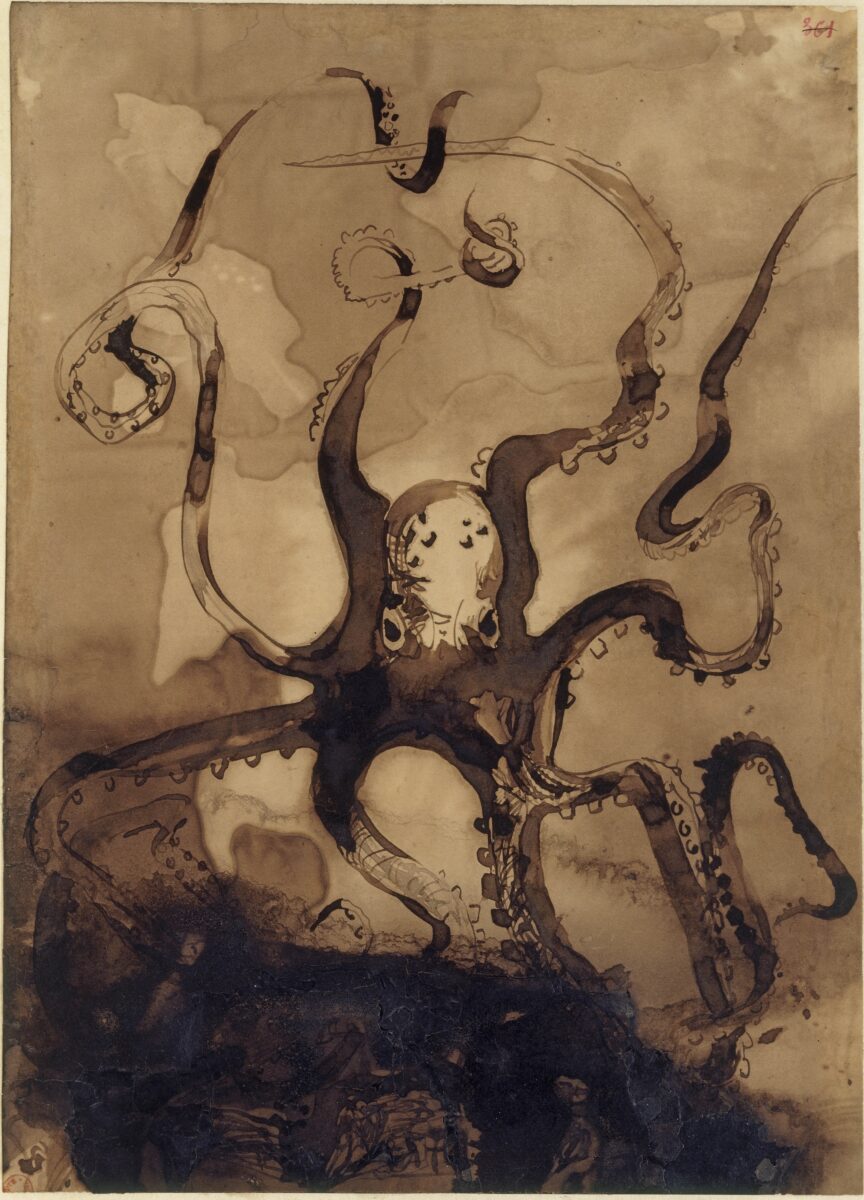
Astonishing Things: The Drawings of Victor Hugo, 21st March – 29th June 2025 Royal Academy of Arts
